For INDE.Awards 2019 The Studio winner Produce, design is inseparable from fabrication. It is not a studio built on an established category, rather it runs and thrives on the pursuit of discovery.

“The original meaning of the word ‘architect’ was ‘master builder’. But today, we rely heavily on fabricators and engineers to resolve and translate that vision to reality. That wasn’t ideal for me,” says Singaporean architect Pan Yi Cheng. “That’s not how I was trained either,” he adds.
Trained at Architectural Association’s School of Architecture, Pan is the Founder and Creative Director of Produce, the winner of INDE.Awards 2019’s The Design Studio award. The category honours the practice that thinks forward, creates voraciously and changes perceptions in architecture, design or both.
He graduated from the school in 2006 and spent four years working at TP Bennett in London and UNStudio in Amsterdam before coming home to Singapore. It was during this first few years of returning and working in Singapore that he experienced the disjunction between designers and fabricators.
“Your design can only be as complex as the fabricator’s ability to translate it into production,” Pan shares. He calls this a broken telephone workflow, where at best the finished product is a shadow of the original design intent and at worst, phased out because of the production cost.
The price of getting things made locally in Singapore was exorbitant. “I went to London to search for fabricators and found out that their price was almost half of that in Singapore. That struck me,” he recalls, “I realised that because of the presence of multiple workshops, fabricators, prototypers, there is a healthy competition that would drive the prices down.”
Pan established Produce in 2013 with five friends – two designers and three investors – and a three-axis CNC machine in Eunos, an industrial estate in Singapore populated by suppliers and fabricators. At that time, Produce was the only design company that owns its own prototyping workshop in the city-state.
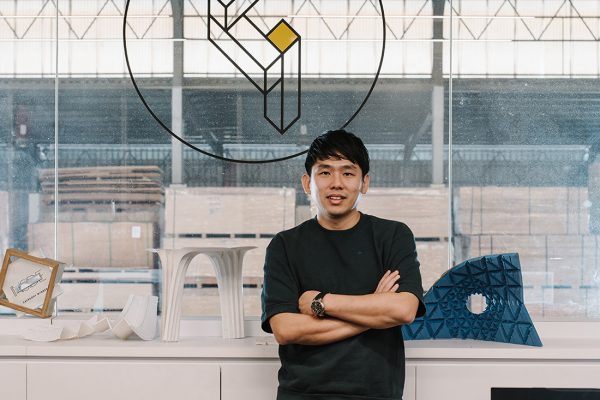
Pan Yi Cheng, Creative Director of Produce. Photo by Khoo Guo Jie.
Produce is all about the integration of designing and making, and the pursuit of discovery. And Pan pretty much modelled the company after design school environment.
“Almost every university with a design programme has a workshop. Whether the curriculum requires the student to use them is a different matter, but it gives access to facilities where we could prototype, experiment, learn from those processes and then build them into your design process, which is what we do at Produce,” he explains.
By doing this, Produce has shifted a substantial portion of the design process to the front, which minimises surprises at the later stages of production that often resulted in delays and abortive works, reduce cost and manhours, and opens up possibilities for new construction methods.
Produce also has better control of material conservation and insight on how things will pan out onsite, streamlining not only the production process but also the fabrication and installation processes.
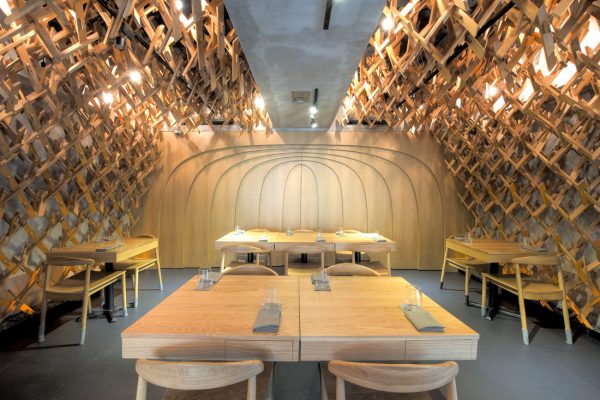
Herman Miller Showroom at Xtra Park Mall. Photo by Derrick Lim.
This was apparent in the studio’s seminal project, the Herman Miller Showroom at Xtra Park Mall, which was constructed from 4,000 parts. The project set the tone for Produce’s future projects.
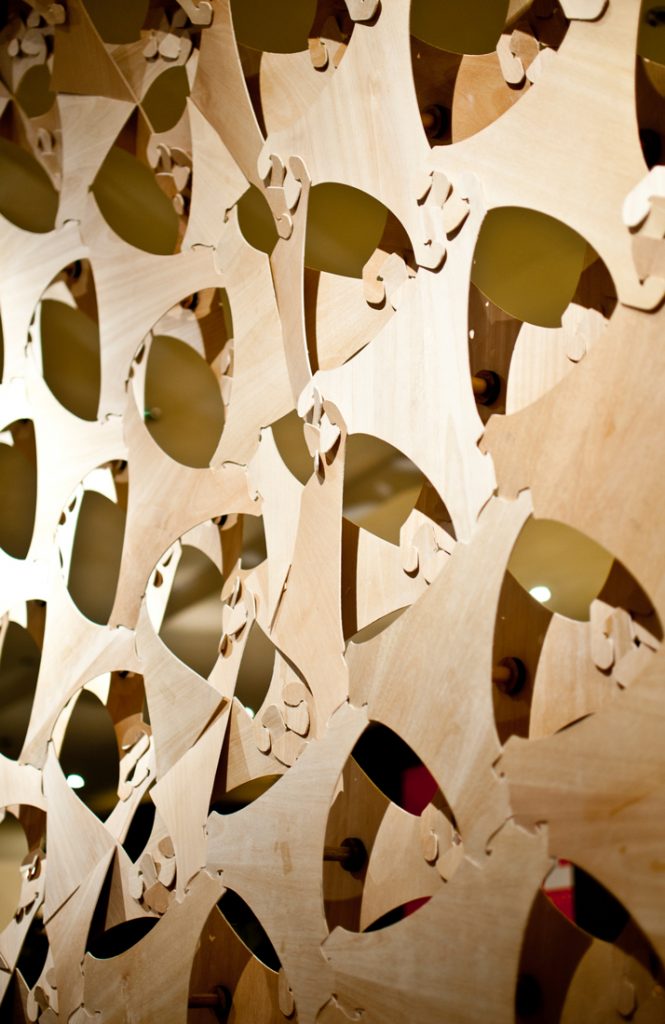
Detail of the interlocking lapping joint system developed for Xtra Park Mall. Photo: Produce.
In 2016, the Eunos estate was zoned as a residential area, and Produce was asked to move. “That was a good time to reflect on what we had and how to move forward,” says Pan. Finding a place near the city centre would have been ideal, but impossible because of the premium rent.
Produce considered splitting the studio and the workshop to sustain it. Then one of its longtime collaborators, the material company Panelogue, came to the rescue. Together Produce and Panelogue established a digital fabrication workshop called Superstructure.
Today, Produce, Superstructure and Pan’s newly established architecture practice Type 0 architecture inhabit the same facility at Sungei Kadut Industrial Estate and work synergistically as a collective. Superstructure and the machines occupy one area while Produce’s work area loosely merges with Type 0’s on another.
“How we work is tutorial-based,” shared Pan. He would give one-on-one consultation and gather people for brainstorming and let them disperse to work on the project. The Produce team try to have a very technical approach whenever they can, and building physical models of the building is still a must.
Produce’s list of accolades has also grown. Its second iteration for Xtra’s Herman Miller shop-in-shop at Marina Square, titled Fabricwood, won the title of World Interior of the Year at INSIDE World Festival of Interiors 2017. Inspired by Eames’ moulded plywood chairs, Produce designed a lightweight plywood envelope that casually arches over the eight-metre span of Xtra’s Marina Square showroom.
The next move for Produce is to create more thread between the services and products the studio can produce. There was a discussion about opening the collective’s workshop and giving lessons to the members of the public, as well as packaging the systems the studio has built into commercial, b2b products. But for now, the team is happy to have a steady flow of good projects to fuel its R&D.
With its voracious creativity and steady pursuit of discovery, it is no wonder that Produce is not only INDE.Awards 2019’s The Studio winner, it is also the Best of the Best winner this year.
Receiving The Design Studio Awards at the INDEs 2019 Gala in Melbourne were Produce team members Daniel Chia and Teo Xiao Wei. The award was presented by INDE.Awards The Studio Partner Herman Miller by Liam Nicholls, Market Manager at Herman Miller Australia.
INDESIGN is on instagram
Follow @indesignlive
A searchable and comprehensive guide for specifying leading products and their suppliers
Keep up to date with the latest and greatest from our industry BFF's!

The undeniable thread connecting Herman Miller and Knoll’s design legacies across the decades now finds its profound physical embodiment at MillerKnoll’s new Design Yard Archives.
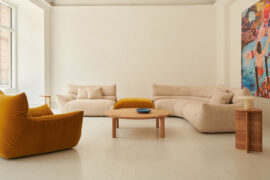
A curated exhibition in Frederiksstaden captures the spirit of Australian design

For Aidan Mawhinney, the secret ingredient to Living Edge’s success “comes down to people, product and place.” As the brand celebrates a significant 25-year milestone, it’s that commitment to authentic, sustainable design – and the people behind it all – that continues to anchor its legacy.
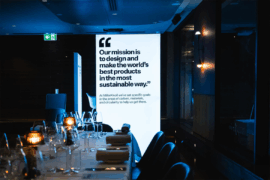
MillerKnoll reimagines the convention of dinner table interactions by plating up a future-forward menu of sustainable design conversation starters as part of the inspiring “Conversations for a Better World” event series.

The undeniable thread connecting Herman Miller and Knoll’s design legacies across the decades now finds its profound physical embodiment at MillerKnoll’s new Design Yard Archives.
The internet never sleeps! Here's the stuff you might have missed
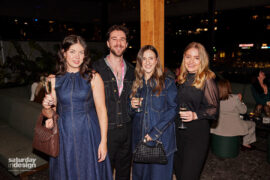
On 6th September 2025, Saturday Indesign went out with a bang at The Albion Rooftop in Melbourne. Sponsored by ABI Interiors, Woodcut and Signorino, the Afterparty was the perfect finale to a day of design, connection and creativity.
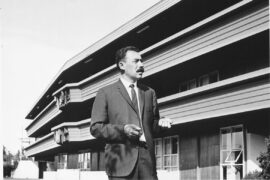
A retrospective at Canberra Museum + Gallery honours Enrico Taglietti, shaping the exhibition through his own design principles.